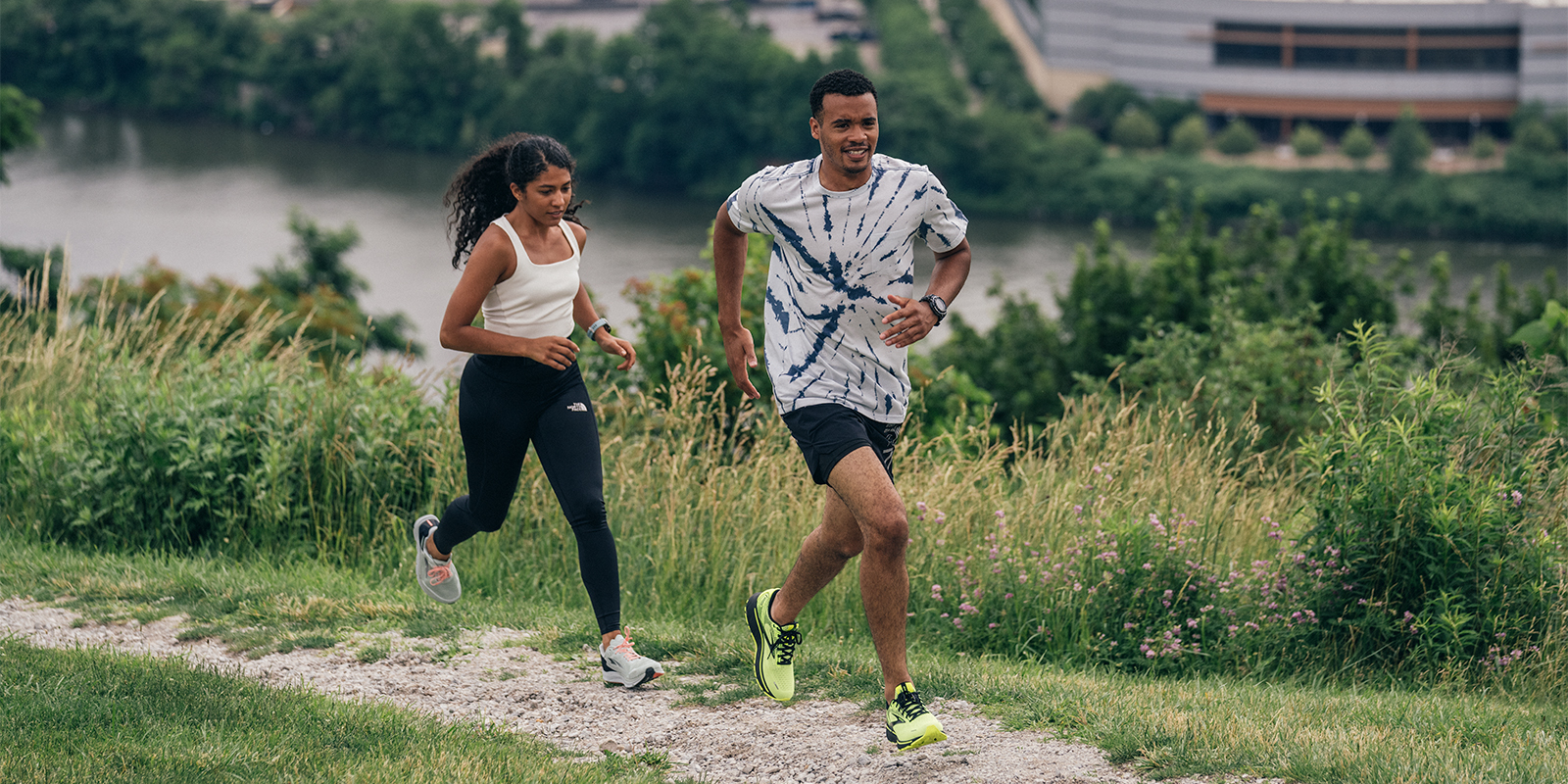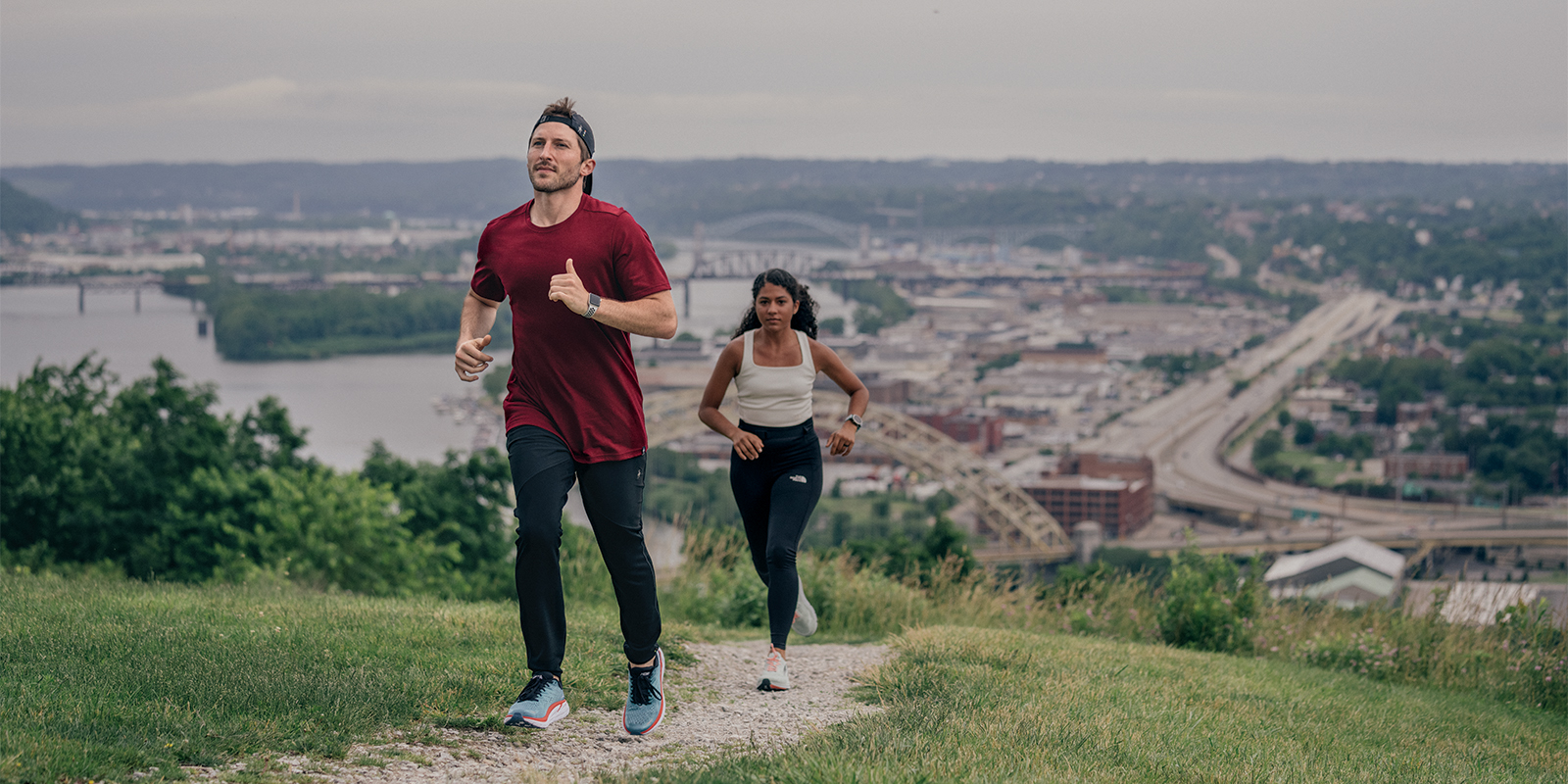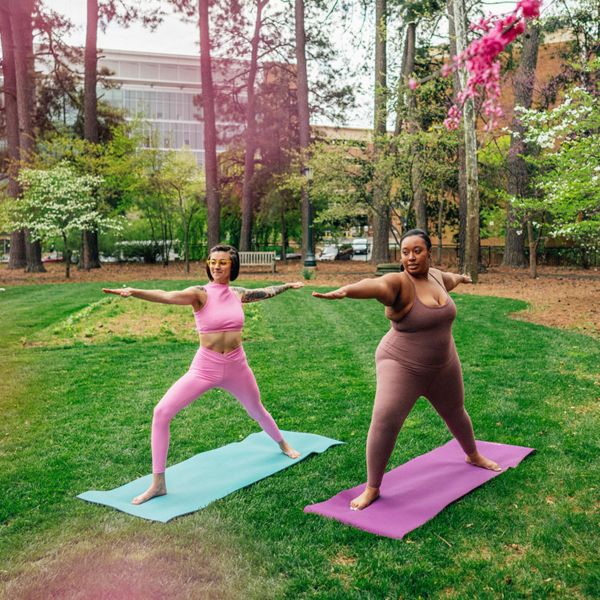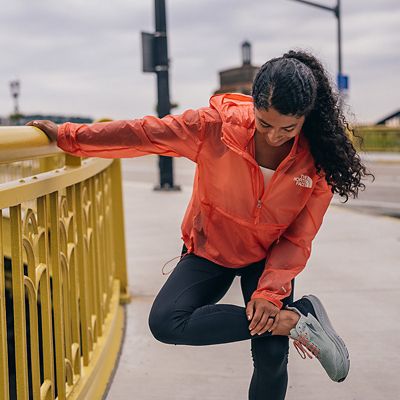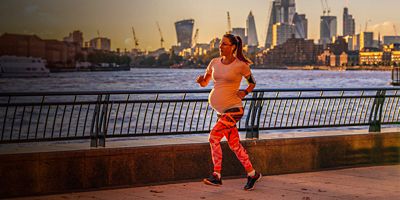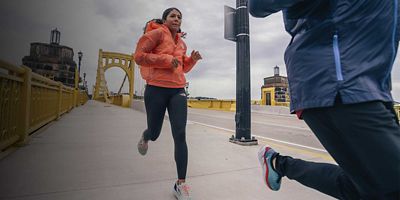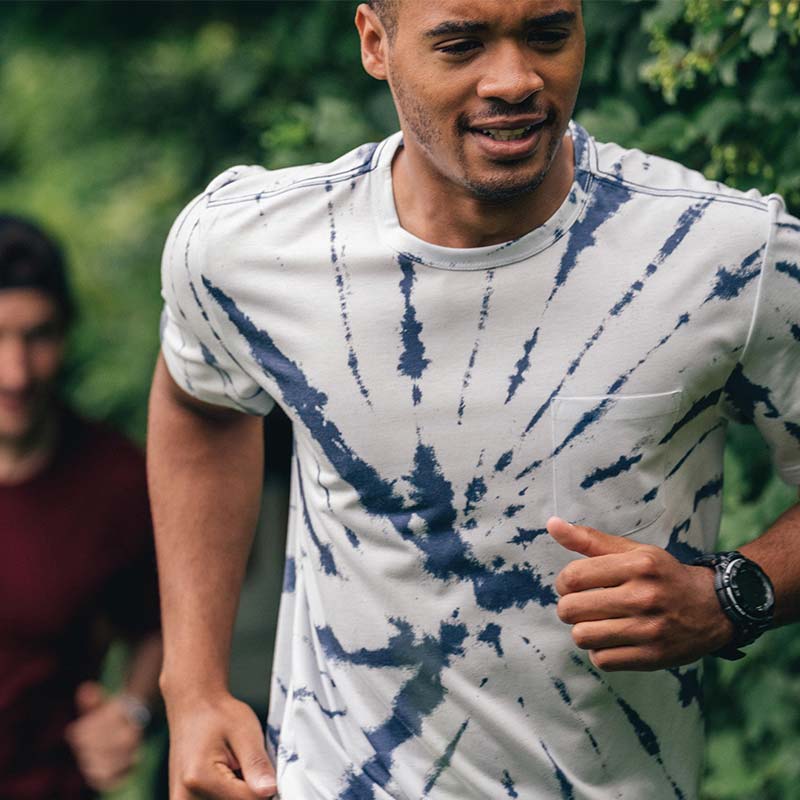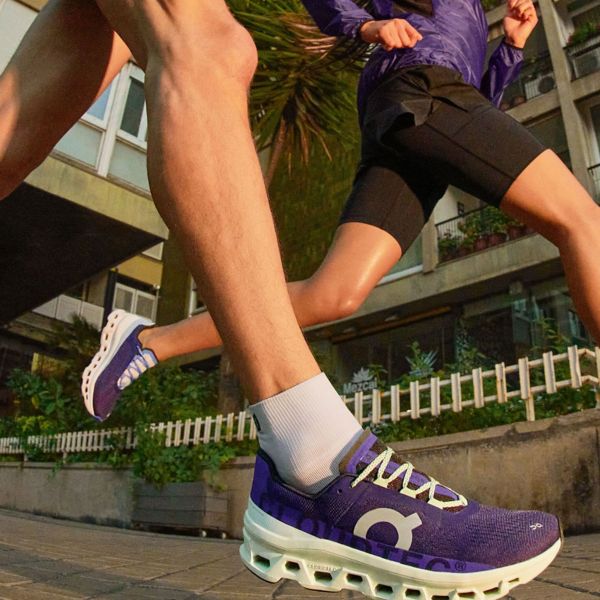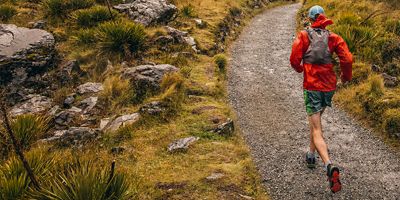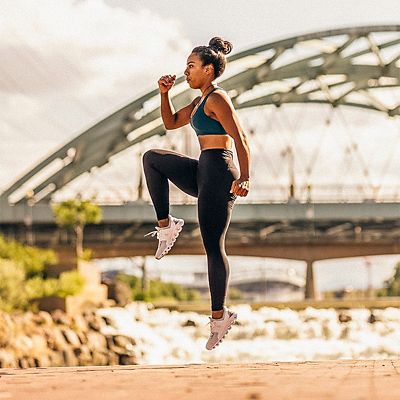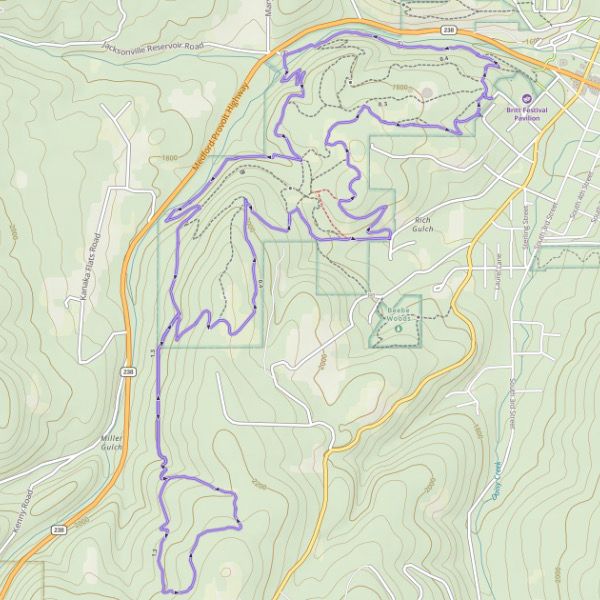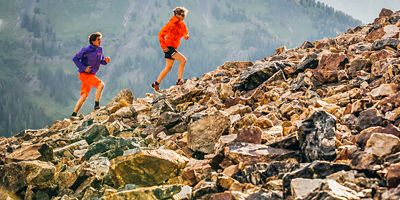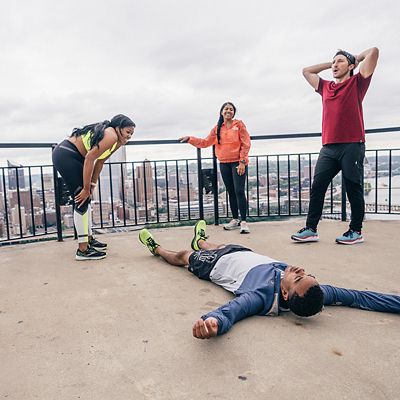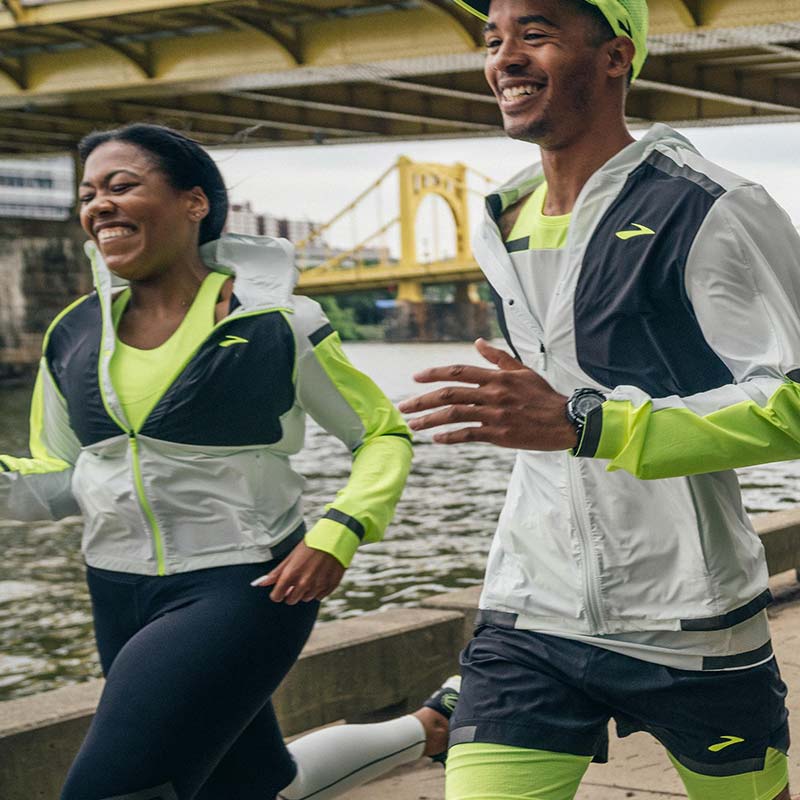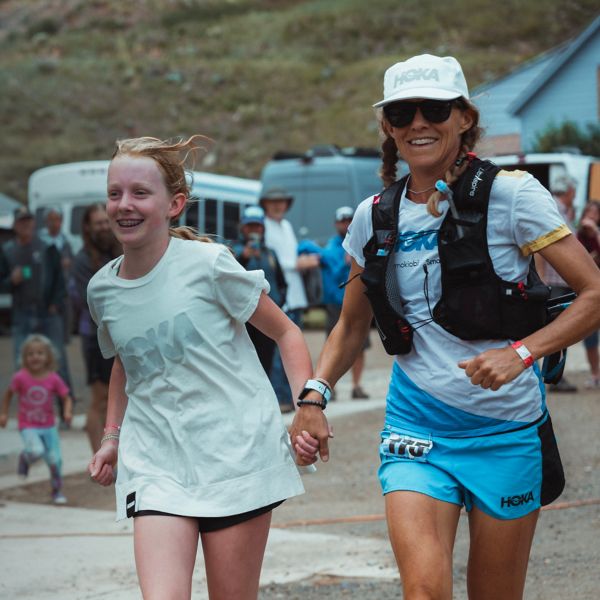The first hurdle is mental: Deciding to go outside when it’s cold, snowy, or rainy. But embracing the elements lets you experience the quiet of winter, serves up a critical dose of fresh air and vitamin D, and helps you stay fit and happy all season long. Plus, facing the cold helps prepare you for other challenges—in running and in life. But that doesn’t mean you should needlessly suffer. Here’s how to dress for cold-weather comfort.
DON’T OVERDRESS
While you may be tempted to throw on six layers, don’t. Overheating during your run generates excessive sweat, which can then freeze on your body and create an arctic micro-climate. It’s best to start a little cold, as you’ll heat up within a few minutes. Finding the balance between “a little cold” and “too cold” will take some trial and error, as the sweet spot depends on your body, the conditions, and how hard you’re working.
LAYERING PIECES
Base layer: What you wear next-to-skin should wick sweat and help regulate your body temperature. Wool feels great in cold weather, as do soft, brushed synthetics (avoid cotton). Baselayers can be crewneck, zipneck, or mockneck. Crewnecks are the easiest to layer.
Midlayer: Depending on the temperature and precipitation, what you wear over your baselayer may be an outer hardshell, a softshell, or a fleece, insulated top, or a second long-sleeve shirt or shirt-like piece. Fleece or lightly insulated (think thin puffy jacket) layers provide breathable warmth for cold temps.
Soft shell: When it’s cold and windy, but not too wet, softshells are perfect for running. They breathe better than waterproof hardshells, and have a softer, more comfortable feel. Most softshells will repel snow just fine, but will leak if exposed to extended rain.
Hard shell: Heading into the wet? You need a hardshell, but make sure it’s breathable and light, or you’ll be soaked from sweat on the inside. Look for minimalist designs with few features and pockets, to save weight and bulk. For the best performance, fit should be trimmer than you’d get for hiking with bulky layers underneath.
Wind shell: Lightweight nylon windshells are a good shoulder-season layer, as they block wind but don’t have much insulation. They won’t be warmer enough for frigid temps, but they’re so light and compact they’re easy to stash in a pack or pocket. Also, look for tights, running pants, softshells that feature windblocking panels combined with more-breathable fabrics.
Tights: Tights are a great choice for all but the coldest days. They come in everything from thin, single-layer synthetics to fleece-lined synthetics. Choose tights with a smooth exterior face that sheds snow.


